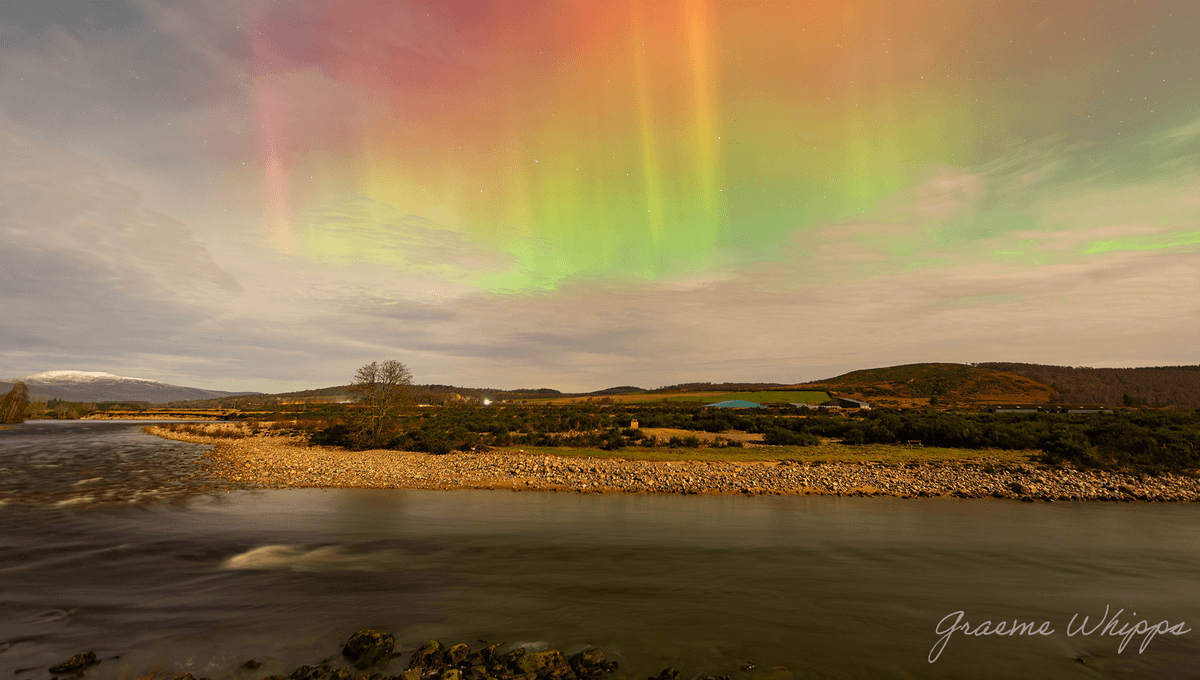
Aurorae, both northern and southern lights, are spectacular celestial phenomena, the complex interaction between our planet’s magnetic field, the atmosphere, and the stream of particles that fly off from the Sun. The end product is magnificent, with colorful curtains that extend high into space. Sometimes, they can appear orange – but are they really this color?
While colorful, the aurora display is not a complete set of Pantone samples. The lights are a specific color and this is due to how they are produced. Atoms in our atmosphere become ionized, they lose an electron, or their electrons move to an excited state, due to interaction with solar particles. The return to the status quo (regaining the electron, or the electron going back to the ground state) means that the atom loses energy, which is released as light.
The world of atoms and molecules is quantized. The energy that the electron can have in an excited state is always the same, so the energy released as light is always the same color. So, the aurorae are mostly green because that’s the color released by oxygen, which is easy enough to excite.
There are other colors, not as common but also not terribly rare; for example, you can see the green lights accompanied by red ones. There are two sources for reds; the first, deeper red is from nitrogen atoms, which can also cause hints of purple, blue, and pink depending on the energy.
But if the sun is particularly active, there can be red produced by oxygen. This is important at present – we are approaching the solar maximum, meaning more solar storms and solar flares, and thus more aurorae. The header image and timelapse above were taken during a geomagnetic storm a few days ago.
The excitations that produce red are fairly long-lived. Oxygen can be in an excited state for almost two minutes, so it happens only high in the atmosphere where collisions are rarer. Those are the red aurorae that are often seen topping the green ones.
We have covered the green and red (or even pink, purple, and blue), but not orange. And yet, there’s orange and sometimes yellow in some northern lights – so what is going on? Well, it’s just our eyes and cameras playing a trick on us.
Just like color filters on stage lightning can make things appear a different color, so the green and red aurora can appear to have an orange hue among them. It is not emitted by any atoms, but the orange aurora can be seen when the conditions are right.
There is possibly a philosophical debate to be added about the existence or non-existence of the orange aurorae, but whether we consider it real or not, we can all agree that it looks very pretty.
[H/T: SpaceWeather]
Source Link: What Are You Really Seeing When You Spot An Orange Aurora?